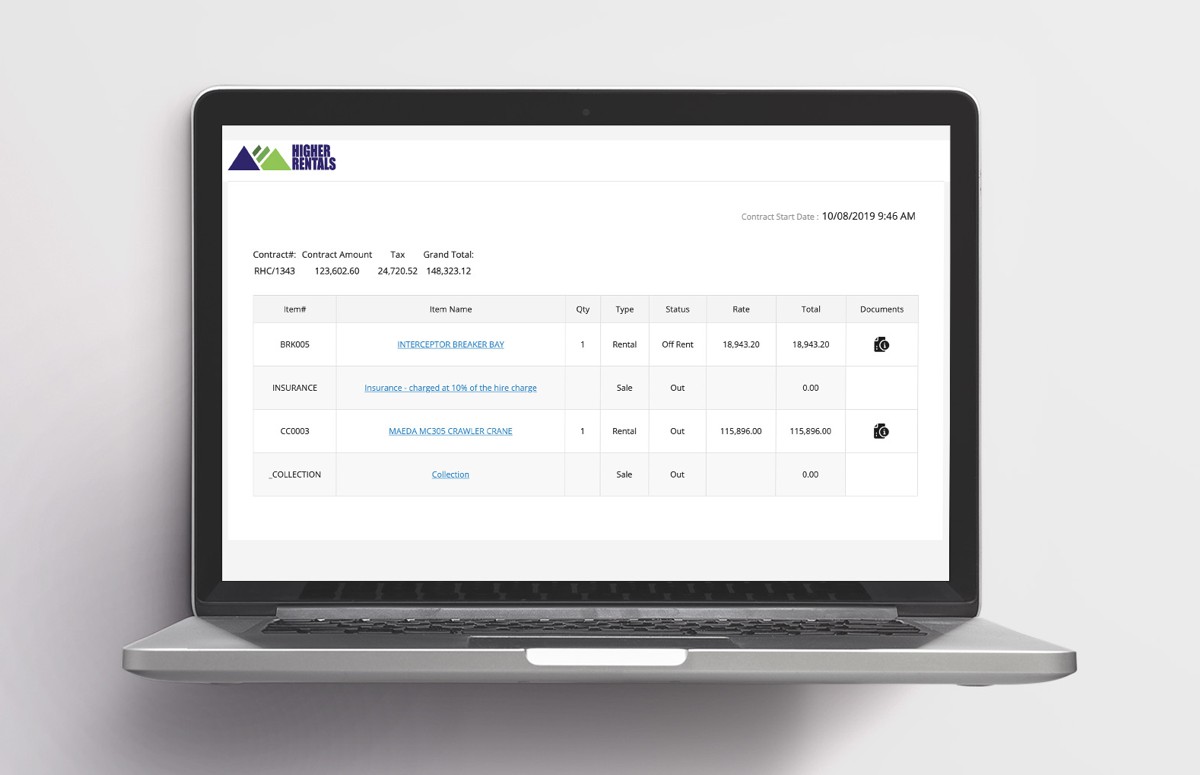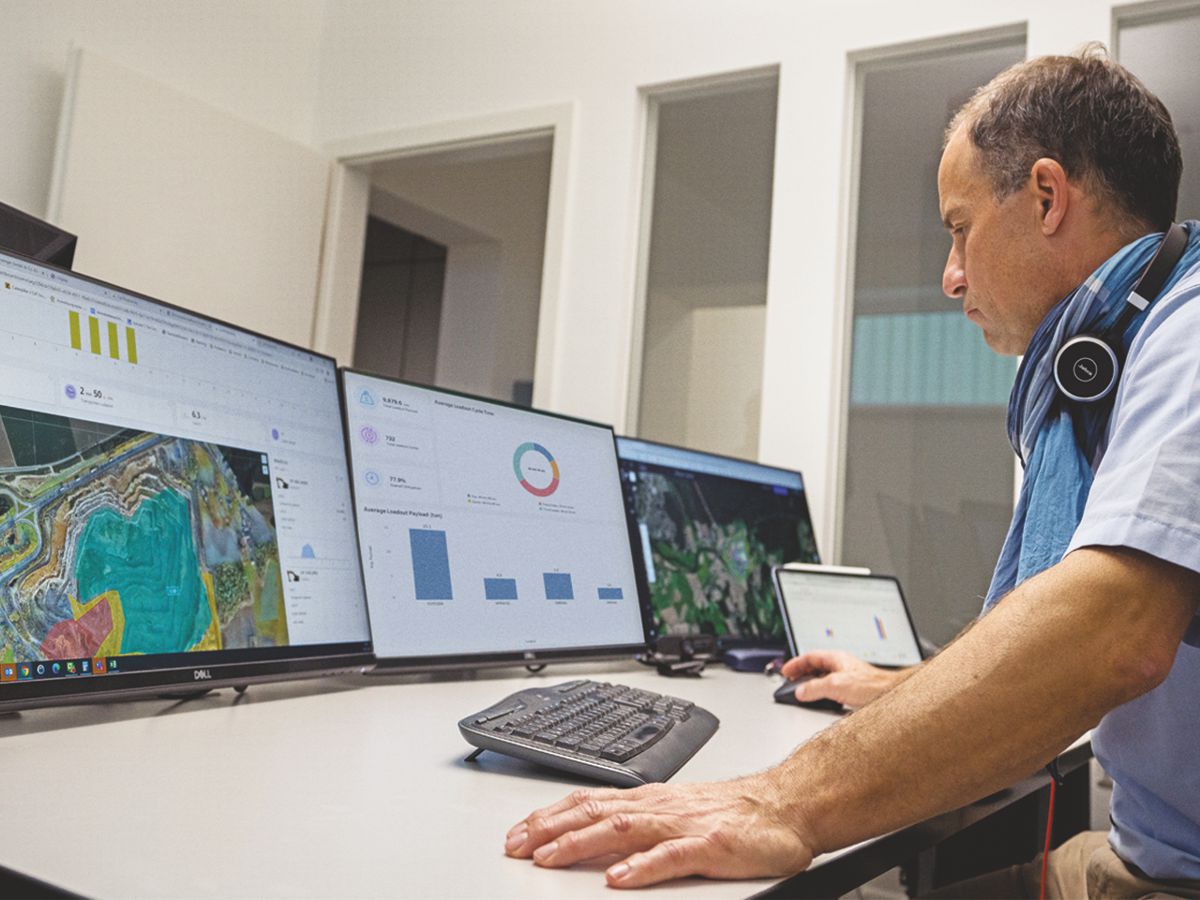Exodigo Subsurface Imaging makes Underground Exploration safer
Exodigo, the most accurate non-intrusive subsurface imaging platform, today announced its 2022 milestones, as well as its predictions for what is in store in 2023 and beyond as the push for safer, more sustainable builds intensifies.
Debuting its 3D subsurface mapping platform in February 2022, Exodigo forever changed cost, safety and sustainability considerations for transportation, utility, construction and infrastructure leaders by allowing them to accurately “see” underground. Underground dangers such as hidden utility lines cause massive safety issues, budget overruns, and schedule delays – which all further intensify the environmental cost and carbon footprint of major infrastructure projects. The first to employ multi-sensor fusion to process data signals from the most advanced sensors in electromagnetics, gravitation, light, ground penetrating radar (GPRz), lidar and seismic sources with artificial intelligence (AI), Exodigo delivers an accurate, clear picture of the underground without disturbing the earth.
Validating Accolades
Organizations around the world want better, faster ways to get a precise view of what lies beneath the surface. Organizations spend more than $100B each year on unnecessary excavation and exploratory drilling according to Exodigo’s calculations – leading to cut lines, spills, explosions and other avoidable accidents, while constant use of heavy equipment, and associated greenhouse gas emissions, damages the planet. Named one of TIME’s Best Inventions of 2022, featured in Fast Company’s Next Big Things in Tech, a Cemex Construction Startup Gold Award, winner of the Grid Forward Innovation pitch contest and heralded as an exemplary breakthrough, Exodigo is solving the underground by powering a new era of underground exploration – saving time, money, lives and the planet.
Similar to running an MRI, CT scan, and ultrasound at once and combining the results into a single source of truth, the density and speed of data collection and processing enables Exodigo to identify more buried assets than other subsurface locating and surveying methods – finding 20-50% more utilities than alternatives, as an example, according to analysis from the Common Ground Alliance (CGA) Technology Advancements and Gaps in Underground Safety 2022 report.
“Our AI-powered subsurface mapping platform provides a safer, more sustainable way for utility companies and infrastructure/building leaders to properly plan and execute projects,” noted Exodigo Cofounder and CTO Ido Gonen. “The underground is one of the most complicated imaging frontiers because underground signals are extremely varied and difficult to interpret. As the first to successfully combine all underground signals into one matrix, Exodigo has earned tremendous recognition in our first year out of stealth.”
Investor Interest and Industry Traction
Exodigo today announced the extension of its seed round to $41M. After raising $29M in initial seed funding led by Zeev Ventures and 10D Ventures, with participation from SquarePeg Capital, JIBE Ventures and industry leaders Tidhar Construction, Israel Canada and WXG Ltd., Exodigo rapidly commenced pilot projects in the United States. After successful deployments at National Grid sites, one of the world’s largest utility companies, to improve safety, reduce cost, and increase operational efficiency, Exodigo also secured a multi-million dollar investment from National Grid Partners (NGP), the corporate venture and innovation arm of National Grid, as part of its commitment to fighting climate change. Exodigo recently completed its seed funding with additional minority investors and will use the funds to meet intense market demand for its solutions.
Since its commercial availability (June 2022), Exodigo has been rapidly adopted by 20+ leaders across utilities, construction, and transportation across the United States, Europe, and Israel. Notable projects in 2022 included providing more accurate underground visibility for 811/PG&E, the California Department of Transportation (Caltrans), Charge, Florida Power & Light (FP&L), Granite Construction, GTI Energy, LA Metro and TotalEnergies.
“We were not expecting the level of precision we saw when comparing Exodigo’s findings to our traditional scans. Exodigo eliminates a lot of the risks our industry has come to consider jobsite norms,” added Erich Metzger, Sr. Director, Strategic Development, Charge, after Exodigo identified 3x more underground lines than its standard toolset, reducing risks, destructive potholing, environment damage and costs.
Exodigo Expectations
According to Exodigo Cofounder and CEO Jeremy Suard, we are at the start of a massive evolution in underground exploration. His six primary predictions include:
- Climate-conscious construction will take center stage at many environmental events, but to move ahead we first need to go back to the beginning. While many sustainability and green investment advocates fixated on embodied carbon and low-carbon materials, recycled construction, etc. in 2022, the steps BEFORE a build are just as critical to solving the climate crisis as where, what and how we build it. Our goal is to make sure future discussions about more sustainable, safer building practices don’t miss the importance of the critical first step – accurately accounting for what lies beneath any build site before picking up a single shovel.
- A colossal amount of money will be spent on renewing and building new infrastructures in the coming years, but building these infrastructures safely and sustainably will be a core challenge. Automation will enable better and more affordable surveys and digitize previously analog processes like surveys and mapping, providing full visibility into data that has been stored on papers, disparate files or in employees’ minds for much too long. Continued innovation in AI and robotics will also help enhance the quality of planning and maintenance and of new construction projects—reducing faults, leaks and potentially catastrophic accidents. For example, one of the major risks in any construction project is what lies underneath the ground—including immediate dangers like electric lines or natural gas pipes. With AI advancements, these risks can be completely prevented.
- Safety issues, budget overruns, and massive schedule delay continue to plague most building projects – with each construction site and infrastructure project, each delay and each excavation creating more risks, more environmental damage, a bigger carbon footprint and a higher price tag. The next era of AI-driven underground exploration will derisk the discovery process and ensure safer, more sustainable builds around the globe.
- Inaccurate, incomplete underground maps create tremendous risks for infrastructure projects. Conventional solutions – essentially hiring a surveying company or just digging in as many places as you can – are inadequate and can only find and map about 85% of underground. We need to go beyond incremental improvements to the status quo to mitigate risk, expedite project delivery and reach net zero. Completely replacing the status quo, underground maps will get to 99% accuracy in 2023.
- The infrastructure ecosystem needs a new standard for underground mapping. Several parties have been investing in developing and establishing standards, from federal regulators to the American Society of Civil Engineers. This is a major shift from how the industry currently operates and pushes the boundaries for who, when, and how underground maps are handled on projects. Reliable underground knowledge before construction starts should be a requirement.
- As we are able to “see” more underground thanks to technology advances, enhancing public registry efforts for underground assets will become more important. Working with state and federal government, leaders across the utility, infrastructure, engineering and technology communities must create a stronger, more reliable feedback loop to fully leverage new, improved data sets about what lies beneath the surface. Working with leaders like Underground Service Alert of Northern California and Nevada, which provides regional 811 services, we are dedicated to making more accurate maps of underground utilities accessible for all – lowering risks and improving outcomes for ANY project that involves breaking ground in 2023 and beyond.
In the year ahead, Exodigo plans to deepen its foothold within the transportation and energy sectors, as well as expand across the construction and infrastructure ecosystem with a continued focus on expanding its teams and enterprise customer reach across the United States, Israel and Europe. In the future, Exodigo will also scale its solutions to solve other underground problems like sink hole risk evaluation, precise bedrock and water-level models, rare metal exploration and underground development projects.















